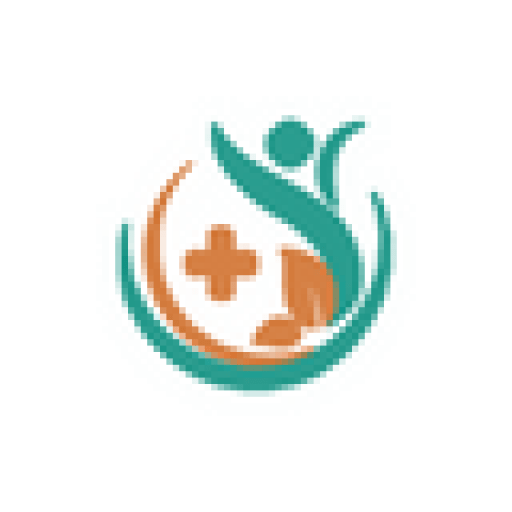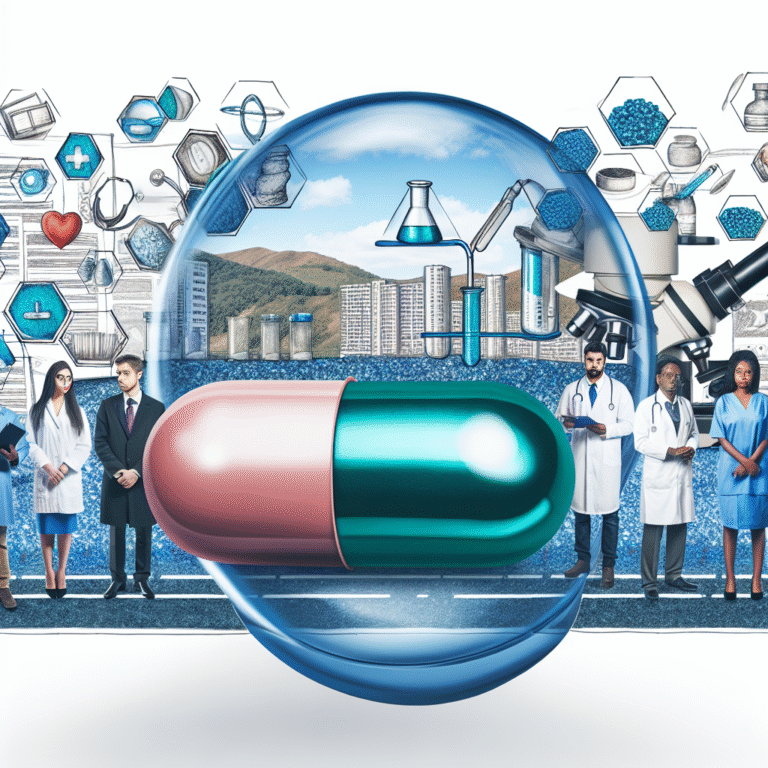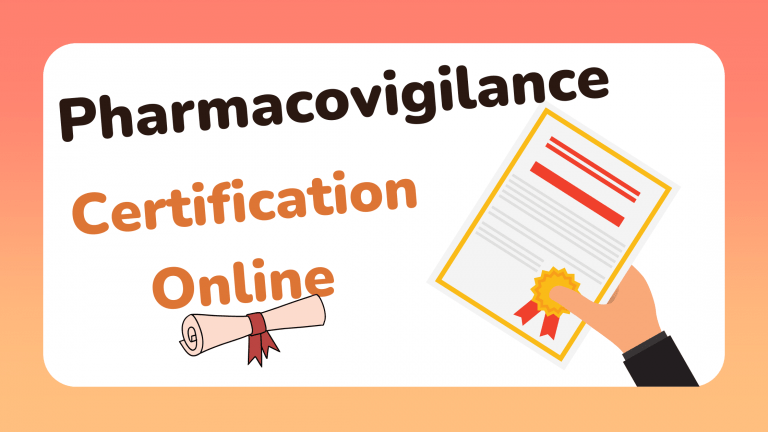The Complete Guide to Pharmacovigilance: Definition, Importance, and Best Practices for Healthcare Professionals
Introduction
Pharmacovigilance might sound like a complicated word, but it is very important in healthcare. It helps make sure that medicines are safe and work well. Every year, many new medicines appear on the market, and pharmacovigilance helps protect people from any bad effects they might have. This guide by Pharmacovigilance Foundations is here to teach healthcare workers all about pharmacovigilance and why it’s so important. It also shares the best ways to use it in everyday healthcare work.
What is Pharmacovigilance?
Pharmacovigilance comes from the Greek word “pharmakon” meaning drug, and the Latin word “vigilare,” meaning to keep watch. It is the study and actions related to finding, studying, understanding, and preventing bad effects or problems related to drugs. Pharmacovigilance has been growing since the mid-20th century, especially after serious events like the thalidomide tragedy in the 1960s. Its main goals are to keep medicines safe, share important information about drugs, and protect public health.
Why is Pharmacovigilance Important?
1. Keeping Patients Safe: The main goal of pharmacovigilance is to stop patients from getting hurt by spotting risks and side effects early.
2. Improving Public Health: By keeping an eye on drug safety, pharmacovigilance helps improve public health.
3. Reducing Drug Risks: Pharmacovigilance helps lower drug risks by keeping track of medicines even after they are available to the public.
4. Meeting Rules: It makes sure drug companies and healthcare workers follow the safety rules for drugs.
5. Helping Decisions: Pharmacovigilance information helps healthcare workers make smart choices about drugs and patient care.
Key Parts of Pharmacovigilance
Pharmacovigilance has several important parts:
– Finding Signals: Looking for patterns in reports that might show a drug safety problem.
– Risk Checking: Figuring out how serious a risk is and if anything needs to be done about it.
– Managing Risks: Creating plans to lower risks, like changing how drugs are prescribed or checking patients more.
– Sharing Information: Quickly sharing drug safety problems with authorities, healthcare workers, and the public.
– Watching After Release: Keeping track of drugs even after they are on the market to find any unexpected side effects.
Roles and Responsibilities in Pharmacovigilance
Pharmacovigilance takes teamwork and includes different people with certain jobs:
1. Healthcare Workers: They report any drug side effects and keep patients safe by prescribing carefully.
2. Drug Companies: They must watch their drugs and report any side effects to the authorities.
3. Regulators: They make sure the rules are followed and enforce pharmacovigilance requirements.
4. Patients: They should tell healthcare workers about any side effects they experience.
5. Committees: They look at data, decide on drug safety, and give advice on regulations.
Best Practices for Healthcare Workers
To use pharmacovigilance well in daily work, healthcare workers should follow these best practices:
– Quick Reporting: Report any drug reactions to the right authorities as soon as possible.
– Ongoing Learning: Stay updated on new pharmacovigilance methods and drug safety rules.
– Working Together: Work with pharmacovigilance teams to understand safety information and reporting rules.
– Ethical Reporting: Use high ethical standards when handling patient data and reporting side effects.
– Using Digital Tools: Use electronic systems to report drug side effects efficiently.
Tools and Technologies in Pharmacovigilance
Technology has brought new tools to improve pharmacovigilance:
1. Electronic Health Records (EHR): Helps track patient and medication history to find side effects.
2. Databases: Platforms like VigiBase gather global drug safety data.
3. Data Tools: Analytics help find safety signals and patterns in large datasets.
4. Social Media: New way to find drug concerns by checking social media for mentions of side effects.
5. AI and Machine Learning: Use AI to predict safety issues and get better at finding side effects.
Challenges in Pharmacovigilance
Even though it’s important, pharmacovigilance has some challenges:
– Not Enough Reporting: Incomplete data makes it hard to see risks.
– Drug Interactions: It’s tough to understand how different drugs affect different people.
– Global Coordination: Different countries have different rules to follow.
– Limited Resources: Pharmacovigilance needs more money and resources to be effective.
– Balancing Openness and Privacy: Sharing information while keeping patient details safe is tricky.
Case Studies in Pharmacovigilance
Looking at past cases shows how pharmacovigilance has changed and succeeded:
– Thalidomide Event: This important case showed why careful drug safety is needed.
– COVID-19 Vaccines: Pharmacovigilance was key in making sure vaccines were safe.
– Successful Recalls: Stories of how drug safety efforts helped recall harmful drugs.
– International Cooperation: Working together globally improves pharmacovigilance.
– Tech Advancements: AI and big data have made drug safety more predictive and proactive.
Future Trends in Pharmacovigilance
Here are some trends shaping pharmacovigilance:
1. Using Big Data: Using large datasets to learn about drug safety in real-world settings.
2. Personalized Medicine: Understanding how genetics affect drug responses for better healthcare.
3. Pharmacogenomics: Using genetic data for deeper insights into drug risks.
4. Patient Role: Patients are more involved in reporting side effects now.
5. AI for Safety: Using AI to see potential side effects before they happen.
Conclusion
Pharmacovigilance is a vital part of healthcare today. Its growth and improvement are critical for keeping patients safe, using drugs well, and making smart public health decisions. Healthcare workers have a duty to participate in pharmacovigilance, stay informed, and follow best practices to protect patients worldwide.
Further Resources
For anyone wanting to learn more about pharmacovigilance, these resources are helpful:
– Books and Articles: Read expert writings about pharmacovigilance.
– Conferences: Go to events to meet other professionals and learn new insights.
– Online Courses: Get certifications and learn more about pharmacovigilance.
– Websites: Check leading organization websites for the latest news and guidelines.
With this guide from Pharmacovigilance Foundations, we hope to help healthcare workers be leaders in safety and improve patient outcomes with good pharmacovigilance practices.






